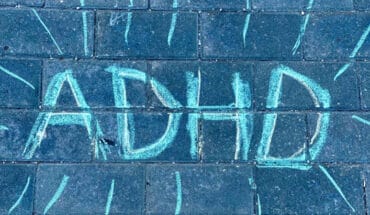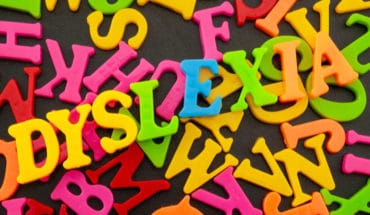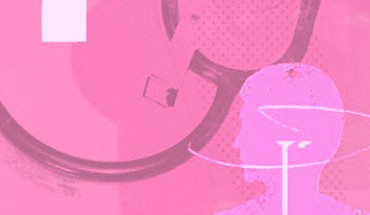This is a complex eating disorder which is characterised by low body weight accompanied by a body image distortion. The sufferer has an obsessive fear of putting on weight, so they control their calorie intake by starvation, vomiting, excessive exercise and other weight control methods
According to The Royal College of Psychiatrists, Anorexia nervosa is most likely to strike during the mid-teenage years and affects mainly girls. Anorexia affects approximately 1 in 150 fifteen-year-old females.
Approximately 1 percent of 16 to 18 year olds have anorexia. About 40 percent of people with anorexia recover completely but around 30 percent of anorexia sufferers continue to experience the illness long-term.
Approximately 10 percent of cases of anorexia arise in men and the condition is also sometimes seen in older people
How is it diagnosed?
To be diagnosed as having anorexia nervosa, according to the DSM-IV-TR, a person must display:
Refusal to maintain body weight at or above a minimally normal weight for age and height (e.g., weight loss leading to maintenance of body weight less than 85% of that expected; or failure to make expected weight gain during period of growth, leading to body weight less than 85% of that expected).
Intense fear of gaining weight or becoming fat.
Disturbance in the way in which one’s body weight or shape is experienced, undue influence of body weight or shape on self-evaluation, or denial of the seriousness of the current low body weight.
In postmenarcheal, premenopausal females (women who have had their first menstrual period but have not yet gone through menopause), (the absence of at least three consecutive menstrual cycles).
The ICD-10 criteria are similar, but in addition, specifically mention ways that individuals might induce weight-loss or maintain low body weight (avoiding fattening foods, self-induced vomiting, self-induced purging, excessive exercise, excessive use of appetite suppressants or diuretics).
According to NICE guidelines, In assessing whether a person has anorexia nervosa, attention should be paid to the overall clinical assessment (repeated over time), including rate of weight loss, growth rates in children, objective physical signs and appropriate laboratory tests.
How is treated?
According to NICE guidelines, patients with enduring anorexia nervosa not under the care of a secondary care service should be offered an annual physical and mental health review by their GP. The delivery of psychological interventions should be accompanied by regular monitoring of a patient’s physical state including weight and specific indicators of increased physical risk.
Pyschological therapies to be considered for the psychological treatment of anorexia nervosa include cognitive analytic therapy (CAT),cognitive behaviour therapy (CBT), interpersonal psychotherapy (IPT), focal psychodynamic therapy and family interventions focused explicitly on eating disorders.
Patient and, where appropriate, carer preference should be taken into account in deciding which psychological treatment is to be offered.
There is a very limited evidence base for the pharmacological treatment of anorexia nervosa. A range of drugs may be used in the treatment of co-morbid conditions but caution should be exercised in their use given the physical vulnerability of many people with anorexia.
- New lipid-based pathway discovered as key to memory formation - 25th June 2025
- Crucial link could explain how Alzheimer’s takes hold - 25th June 2025
- Understanding Your Mind Can Improve Daily Life - 25th June 2025







